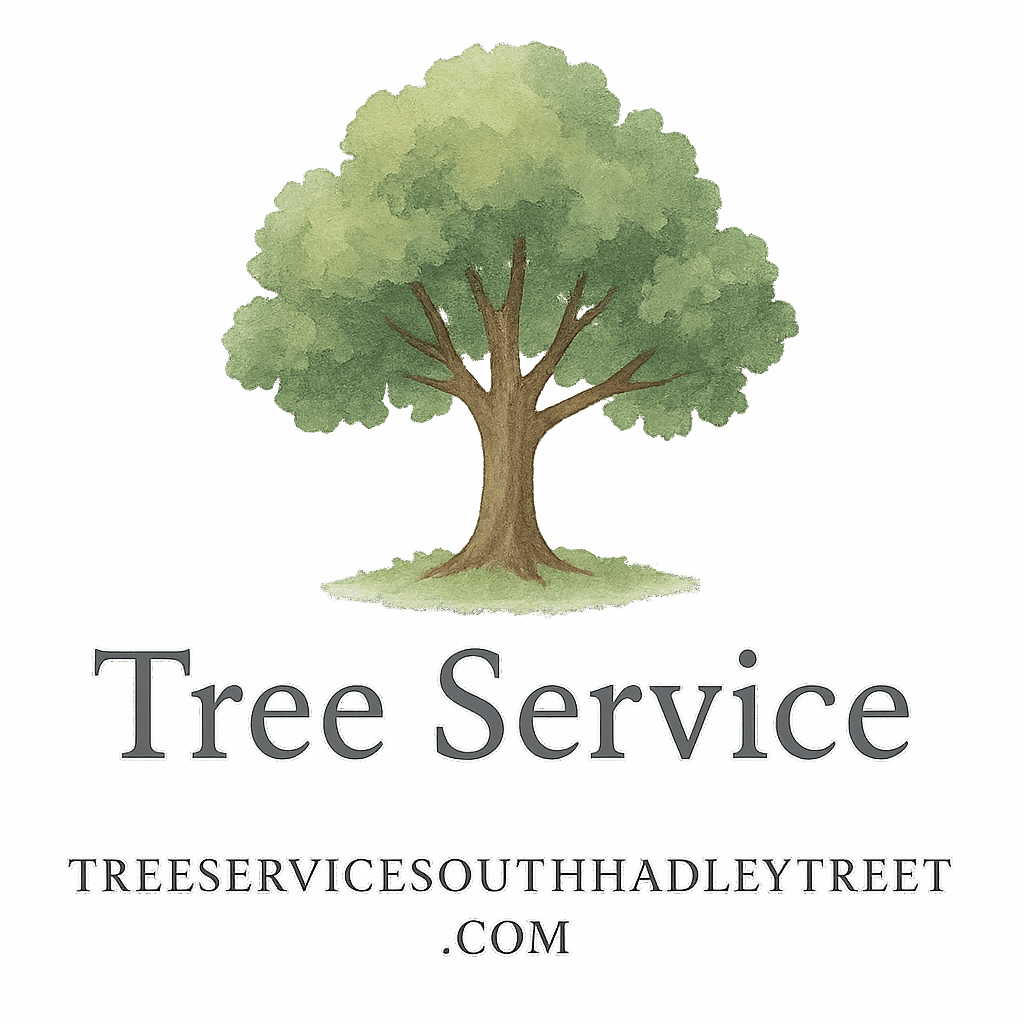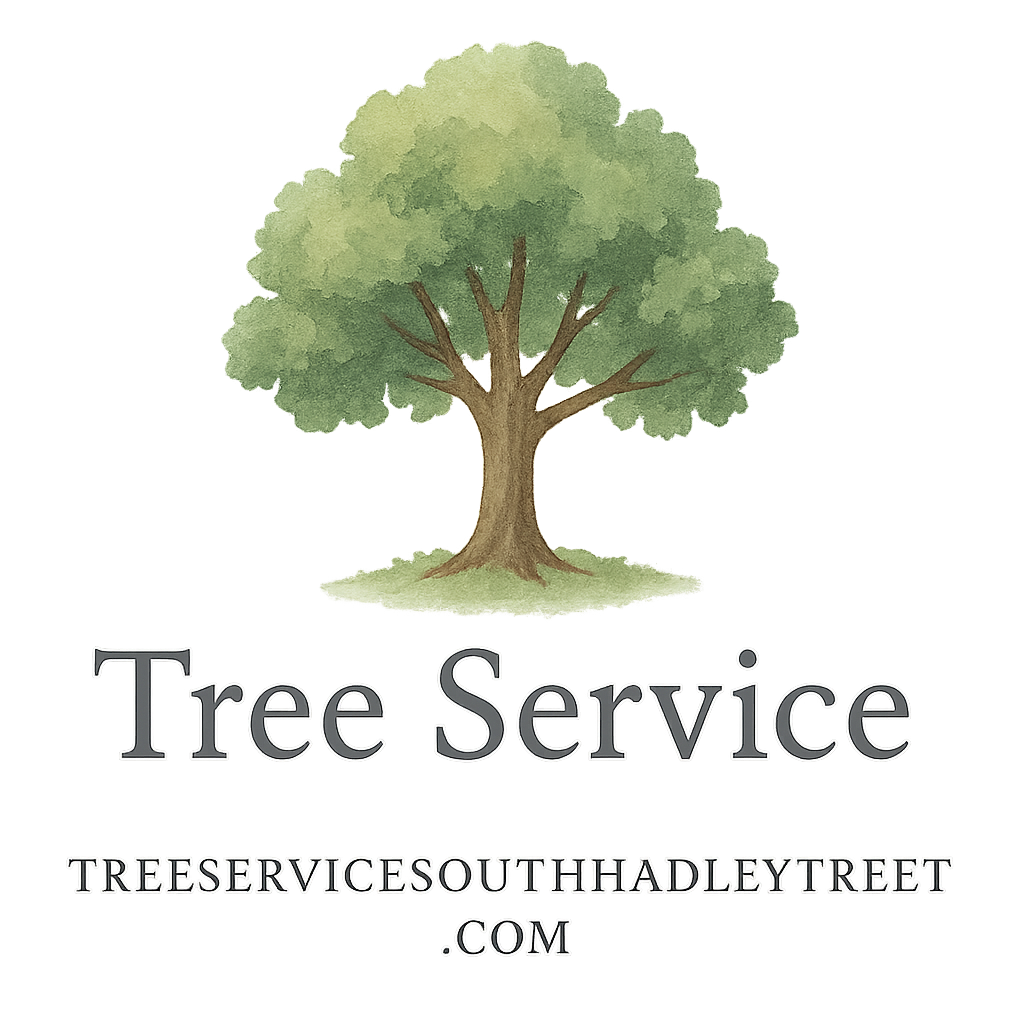When summer rolls in, we all enjoy the sun, vacations, and BBQs—but your trees might not be so thrilled. Believe it or not, summer heat poses serious risks to tree health. From drought to pest invasions, your green giants need extra TLC to thrive. In this guide, we’ll uncover the top 10 tree service risks in summer heat and how to avoid them—so you don’t end up with a backyard full of firewood.
Let’s dive right in, shall we?
Why Summer Heat is Tough on Trees
The Science Behind Heat Stress in Trees
When temperatures spike, trees struggle just like we do. Leaves lose moisture rapidly, roots may not get enough water, and the tree’s internal functions can slow down or even shut down. Heat stress can lead to long-term damage if ignored.
How High Temperatures Impact Tree Health
Excessive heat reduces photosynthesis, weakens the immune system of the tree, and creates a welcoming environment for pests. Over time, this stress can lead to premature leaf drop, cracked limbs, or even full tree death if not managed.
Risk #1: Heat Stress and Leaf Scorch
Symptoms of Heat-Stressed Trees
You might notice brown or yellow edges on leaves, drooping branches, or leaves falling too early. These are classic signs of heat stress.
How to Prevent Heat Stress
- Mulch around the base of the tree to retain moisture.
- Avoid pruning during peak heat.
- Install shade cloths for sensitive young trees.
Want to know more about seasonal maintenance? Check out Emergency & Seasonal Tree Services to stay ahead of the summer heat.
Risk #2: Dehydration and Root Damage
Signs of Dehydrated Trees
Roots are the lifeline. If they don’t get water, the whole system collapses. Look for wilting, brittle branches, or stunted growth.
Watering Tips During Summer
- Water deeply but less frequently.
- Water early in the morning or late evening.
- Use drip irrigation to save water and target roots.
For more on healthy roots and overall care, read our Tree Health & Safety Guide.
Risk #3: Increased Pest Infestations
Common Summer Tree Pests
Heat-weakened trees are magnets for pests like:
- Aphids
- Spider mites
- Bark beetles
These critters thrive in warm weather and can multiply fast.
How to Control Pests Naturally
- Use neem oil or insecticidal soap.
- Attract birds or beneficial insects.
- Avoid over-fertilizing (which invites bugs).
Visit our Tree Service Basics to learn more about integrated pest management.

Risk #4: Sunscald on Tree Bark
What is Sunscald?
Sunscald happens when intense sun rays damage the bark, especially on younger or thin-barked trees. This causes cracking or peeling.
How to Protect Tree Bark in Summer
- Wrap the trunks with tree guards.
- Plant shrubs around the base for shade.
- Paint exposed bark with diluted white latex paint.
Check out our tree protection checklist for more useful tips.
Risk #5: Cracked Branches from Drought
Drought-Related Tree Damage
Dry conditions cause wood fibers to shrink and crack. Over time, this weakens the limbs and makes them prone to breakage.
Tips to Minimize Cracks and Splits
- Regularly inspect for early signs.
- Provide consistent hydration.
- Apply tree sealant to open wounds.
Explore expert tree removal and trimming solutions if damage is already done.
Risk #6: Delayed Tree Trimming Complications
Why Summer Isn’t Ideal for Heavy Pruning
Over-pruning in summer can:
- Increase exposure to sunburn
- Delay recovery
- Invite pests through fresh cuts
Safer Alternatives to Summer Trimming
- Opt for light pruning only
- Focus on deadwood removal
- Plan major pruning for late fall
Our comparison guide helps you decide when and how to prune effectively.
Risk #7: Wildfire Hazards in Dry Conditions
Fire-Prone Tree Types
Some trees like eucalyptus or pine are more flammable due to resin-rich bark and foliage. These can turn your yard into a firestarter.
Fire-Smart Landscaping Tips
- Maintain a defensible space around the home
- Remove dead limbs regularly
- Use non-flammable mulch
Be sure to read our emergency preparation tips to protect your property.
Risk #8: Poor Tree Nutrition from Soil Depletion
How Heat Affects Soil Nutrients
High temps accelerate nutrient loss through evaporation and poor microbial activity, leaving trees undernourished.
Fertilization Tips in Hot Months
- Use slow-release organic fertilizers.
- Apply early in the season.
- Avoid overfeeding—too much can burn roots.
Visit our tree maintenance resources for more in-depth soil strategies.
Risk #9: Storm Damage from Summer Thunderstorms
How Trees React to Sudden Storms
Wind, rain, and lightning can all cause:
- Toppling
- Splitting
- Uprooting
Emergency Tree Service Solutions
- Anchor vulnerable trees.
- Remove overhanging or dead limbs.
- Have a storm-damage professional on speed dial.
Need fast help? Our Emergency Tree Service Page has all the details.
Risk #10: Hiring Inexperienced Tree Services
Why Professional Help Matters
The wrong team can:
- Over-prune
- Misdiagnose issues
- Use harmful tools
How to Choose the Right Tree Service
- Ask for credentials and insurance
- Read reviews
- Request a quote and compare pricing
Here’s a guide on tree service costs & hiring to help you choose smartly.
Conclusion
Taking care of trees in the summer isn’t just about watering them more—it’s about understanding the unique risks of extreme heat and acting fast. From heat stress to storm damage, the dangers are real, but they’re manageable with a little know-how and the right team behind you.
If you’re in South Hadley, don’t gamble with your green investment. Trust the professionals who know summer trees inside and out. Visit Tree Service South Hadley TNTETS for expert care, emergency help, and everything in between.
FAQs
1. What’s the best time of day to water trees during summer?
Early morning or late evening to prevent rapid evaporation and maximize root absorption.
2. Can I trim my tree during a heatwave?
It’s best to avoid trimming during peak heat. Opt for light pruning only if necessary.
3. What mulch is best for summer heat?
Organic mulch like wood chips or bark mulch helps retain moisture and regulate soil temperature.
4. How often should I inspect trees during summer?
At least once a month or after every storm to catch early signs of stress or damage.
5. Are all tree services certified?
Nope! Always check credentials and insurance before hiring. Here’s a hiring checklist.
6. What are the signs of tree dehydration?
Wilting leaves, yellowing, brittle branches, and slow growth are telltale signs.
7. Where can I find affordable tree service quotes?
Visit our quotes & pricing tag to compare your options.


